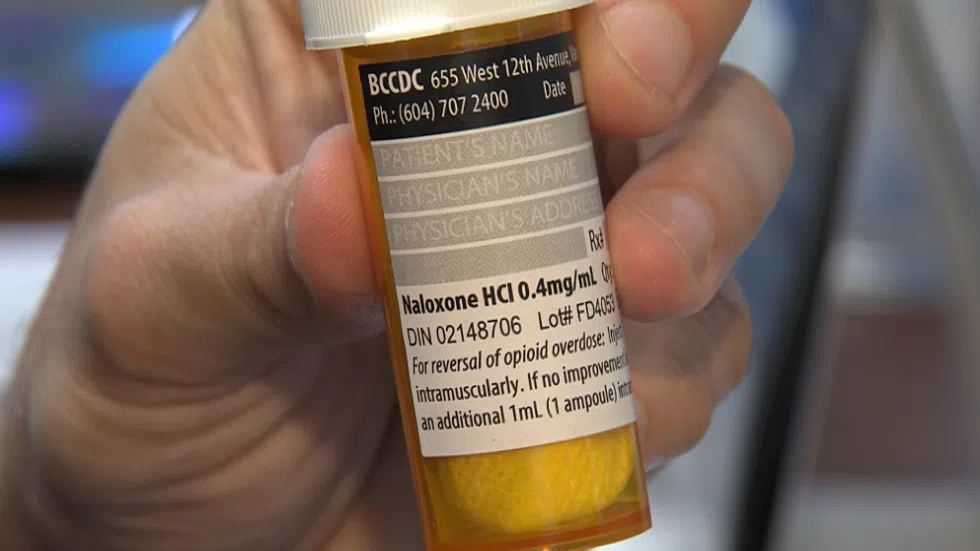
Interior Health unsure why Kamloops experienced spike in overdose deaths in September
KAMLOOPS — Overdose deaths in Kamloops were nearly non-existent during some parts of this year, but that’s no longer the case.
Seven people died of a drug overdose in Kamloops during September of this year, and Interior Health Medical Health Officer Dr. Kamran Golmohammadi says in an email statement that numbers in Kamloops appear consistent with the rest of the province.
“Based on preliminary information from the recent BC Coroners report, there was an apparent increase in deaths in Kamloops in September,” the email states. “However, this is consistent with the variability we’ve seen throughout the overdose emergency in B.C. We are unable to explain why this recent increase occurred. But we do know that throughout the emergency, deaths have mostly been occurring among males and among people using drugs alone. Fentanyl has also been detected in more than 80 (per cent) of deaths that have occurred in B.C. in 2018.”
Interior Health is once again urging recreational drug users to avoid using right now, but anyone who does choose to use is advised to take these steps:


